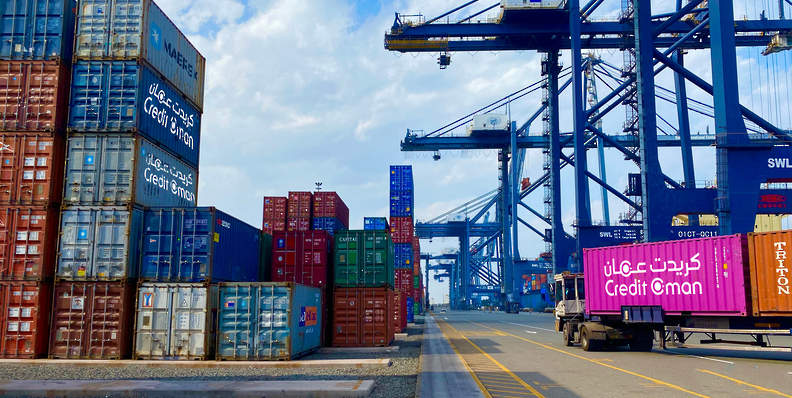RIYADH: Saudi Arabia’s New Murabba Development Co. is open to tapping into the alternative equity and initial public offering markets at the “right time,” according to a top executive.
Speaking to Arab News on the sidelines of the 7th Future Investment Initiative in Riyadh, Sabah Barakat, acting CEO of NMDC, noted that this all depends on timing as it is still too early.
“The IPO investors want to have a full understanding of the project and make sure that what you’re doing is real and deliverable, and we’re doing everything we can now to set the foundation stones and the enablers so that it’s at the right time,” Barakat said.
He added: “We’ll also be able to tap into the alternative equities and potentially the IPO market. But that’s still a bit too early. But for now, you know, all the funding is being secured by our shareholders.”
New Murabba is an upcoming sustainable mixed-use real estate development situated in northwestern Riyadh.
A subsidiary of the Public Investment Fund, NDMC is set to transform downtown Riyadh by building a unique living, working and entertainment experience.
Barakat shared with Arab News that the project has a substantial investment scale, given its vast expanse of over 27 million sq. meters of gross floor area.
“With all the investments we’re working with, we expect that the project will be profitable and will provide a return to its investors,” he said.
From a technological perspective, Barakat underscored the pivotal role that artificial intelligence will play in the project's development, with a particular focus on energy management.
“Generative AI can be used across all spectrums of the creative space, and the whole inside of the Mukaab is the virtual environment, which we’re doing. We also use AI for a lot of the data analytics,” said Barakat.
He added: “We use AI to help us filter through a lot of large-scale unstructured data, and we think that once you’ve built it and you have your customers live, you need AI to help manage communities at this scale.”
Furthermore, Barakat emphasized that the project is committed to providing significantly more green spaces compared to other areas.
“For an urban downtown, it will be significantly more green than other districts. The percentage we were quoting publicly is 25 percent of the non-road spaces,” said Barakat.
He added: “One of the challenges and opportunities for us is how do we create that green space in the most sustainable way, looking at the type of trees, how they also provide shading. It’s not just planting a tree; it’s where you plant a tree.”
Moreover, he detailed the project’s phased construction timeline, commencing with foundational piling work at the start of the next year, followed by the construction of substructures.
Concurrently, infrastructure enhancements, including road upgrades and drainage network improvements, are underway and set to be finalized by the end of 2026.
“We’ll start with the construction of the buildings, like the apartment buildings and the other units, and we’re hoping our first residents will start picking up their keys maybe in 2027, 2028. But with a view of the overall project completed by 2030,” he concluded.
On the event’s second day, the FII Institute, represented by Chief Operating Officer Rakan Tarabzoni, signed a strategic partnership with New Murabba’s Barakat.

































